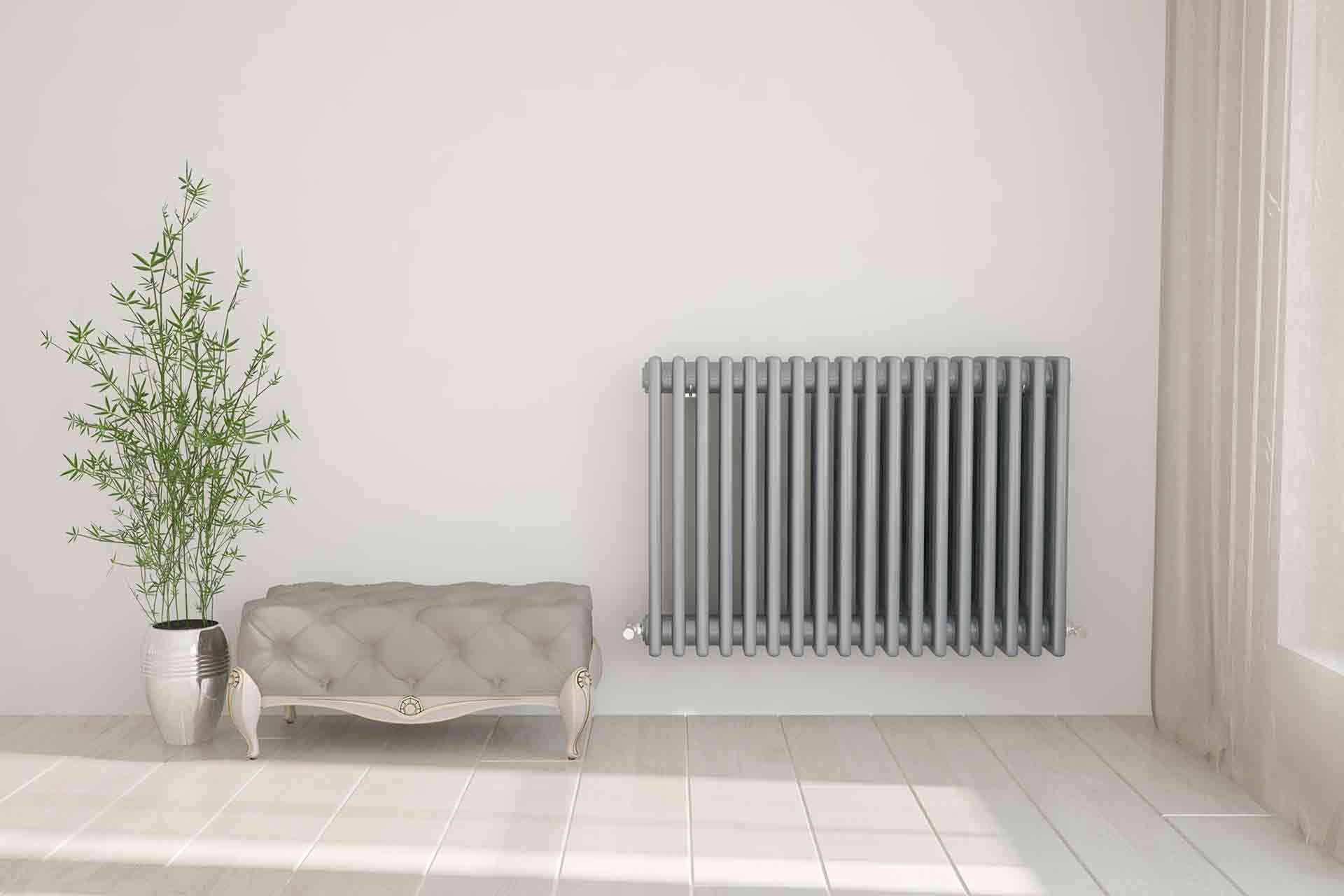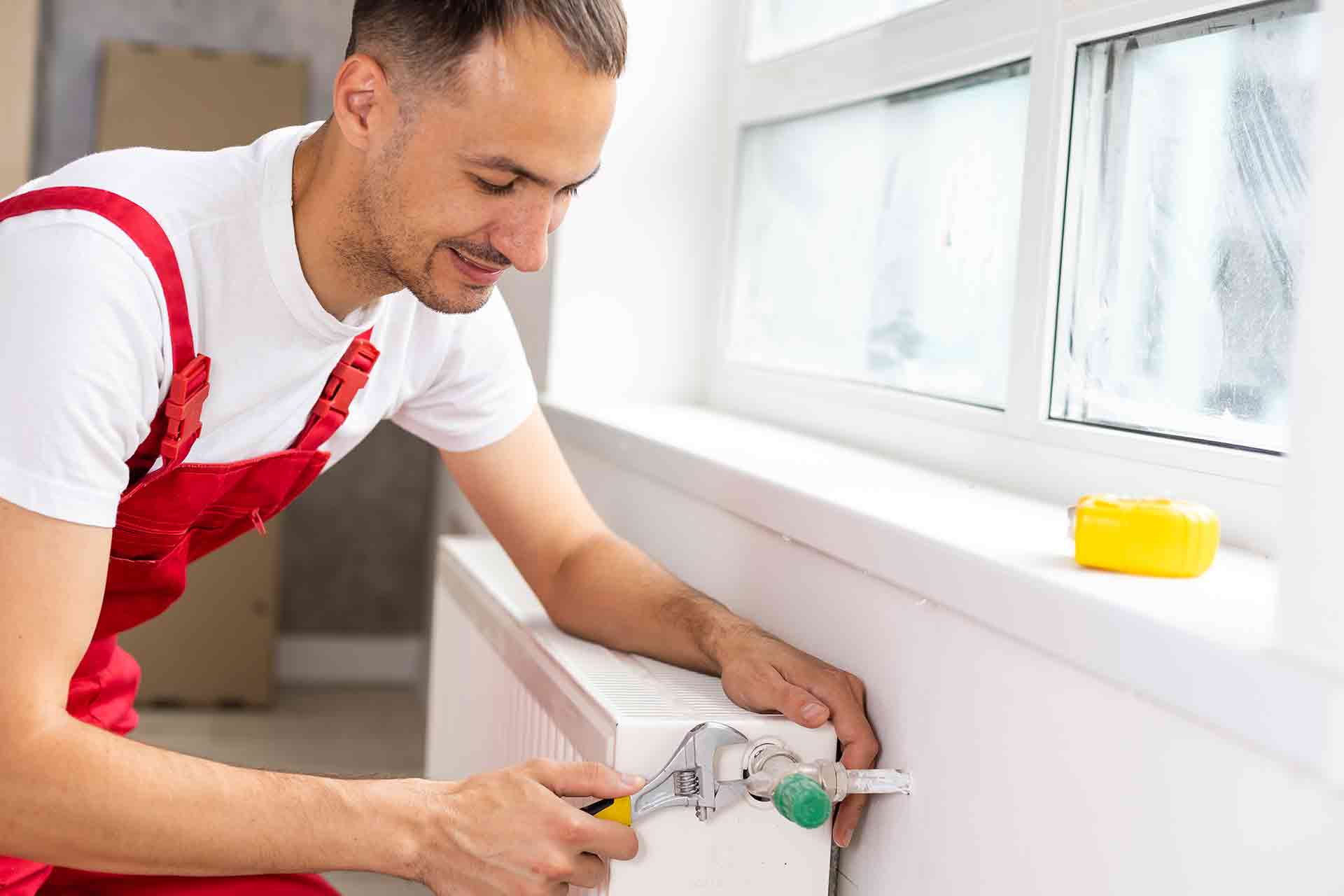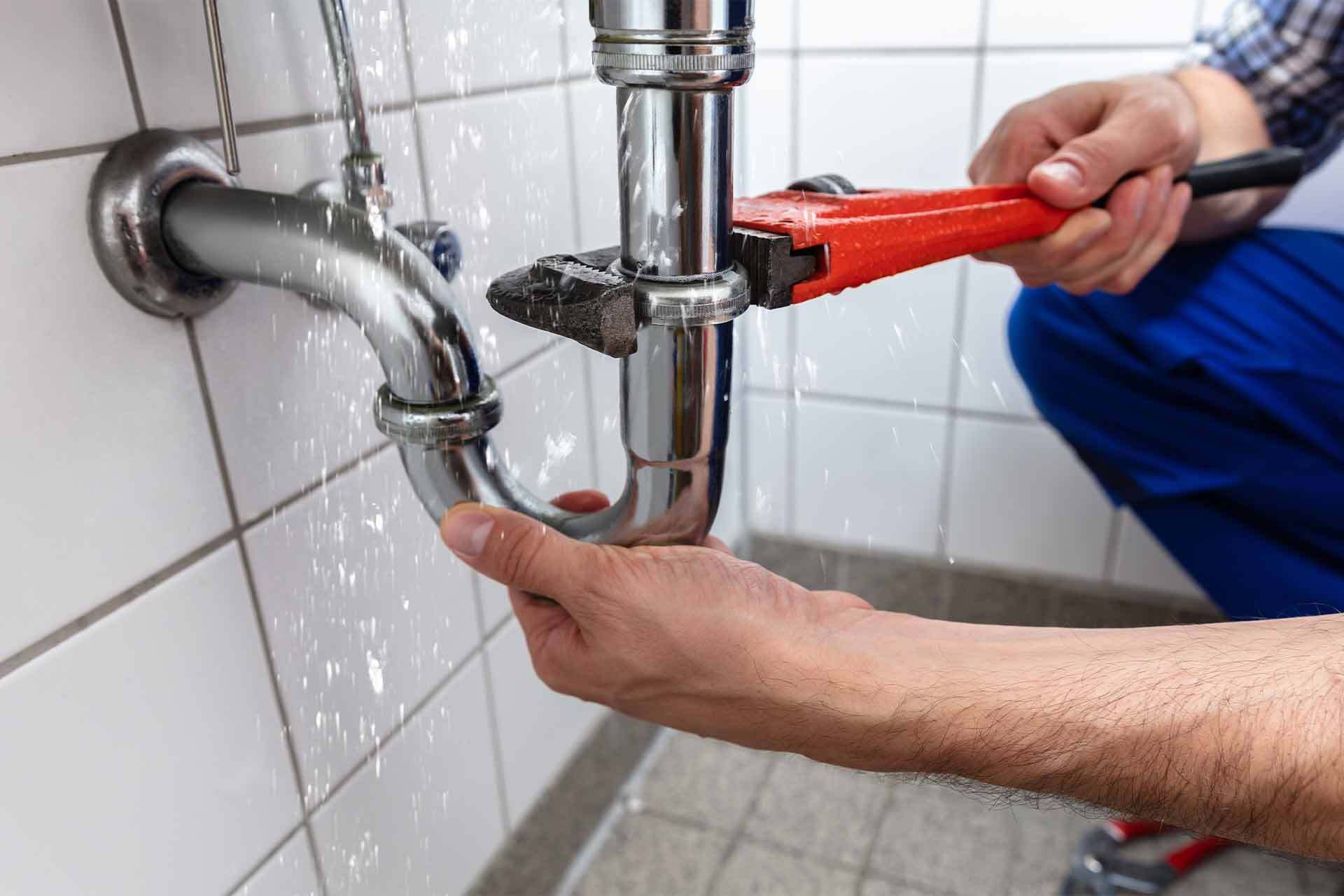Blog>How-To Guides>How to measure a radiator
Last updated: 24 September 2024
How to measure a radiator
Knowing how to measure a radiator correctly is key to having the most efficient heating in your home. Use this handy guide to find out how to get an accurate measurement every time.
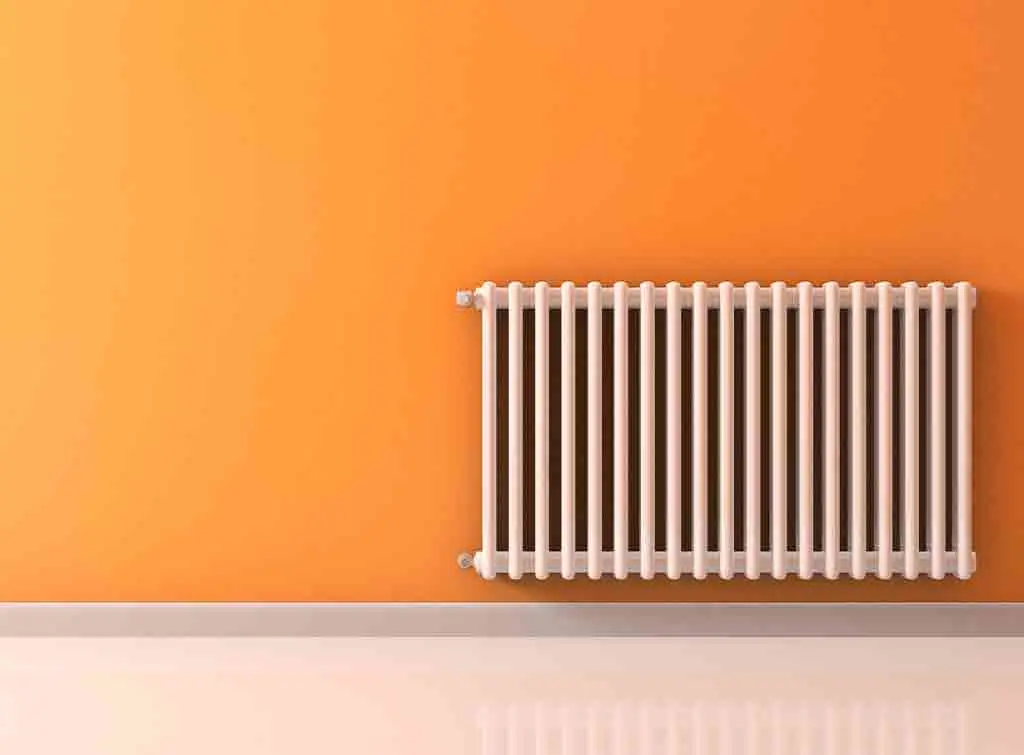
Whether you’re building a new home, working on an extension, or upgrading your existing heating system, measuring a radiator accurately is a job you want to get right the first time.
Getting your radiator measurements wrong is a headache. You could end up with a radiator that doesn’t fit the space or existing valves and face a frustrating wait for another radiator to be delivered.
So, what’s the best way to measure a radiator? First, let's figure out how a standard-sized radiator measures up.
See the tradespeople we've checked and recommend for your job
What are the standard dimensions for radiators in the UK?
With so many radiator styles, sizes, and shapes available, it's helpful to know what the UK's standard radiator dimensions are. That way, you can determine whether you’re measuring for a standard-sized radiator or something more bespoke.
Standard-size radiators tend to be horizontal because they’re easy to install. Size-wise, 700mm x 1400mm is the smallest, and 600mm x 2400mm is the largest.
How to measure a radiator
The key elements when measuring a radiator are the width, height, depth and the distance of the radiator pipe from the wall. Here’s how to do it using a simple tape measurer:
How to measure a radiator's width, height and depth
Width – Measure the exact edge of your radiator from one end to the other with your tape measurer. This shouldn’t include any pipes or valves
Height – Measure from the bottom edge of the radiator to its highest point. Again, don't include the pipes below in your measurement
Depth – Measure from the wall where the radiator is mounted to the front of the radiator
How to measure the radiator pipe distance from the wall
If you plan to replace your radiator (more on that next), you might need to know the radiator pipe distance.
Pipe distance – For an accurate reading, measure from the middle of your pipe inlet to the wall
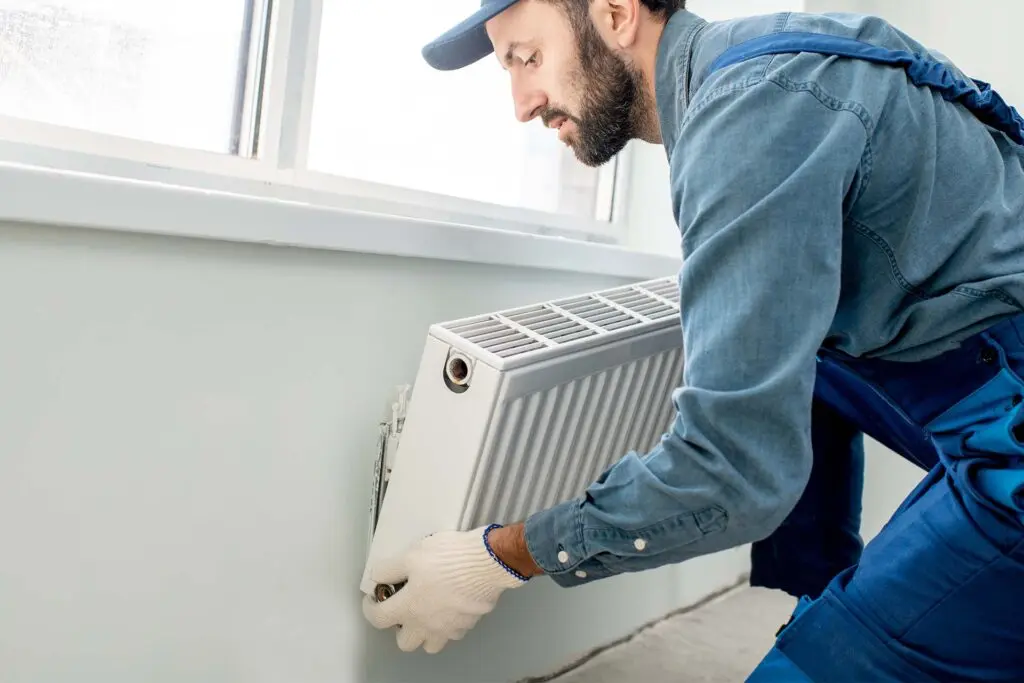
How do you measure a radiator for a replacement?
Things get trickier if you're measuring up for a like-for-like radiator replacement, as you’ll need to account for the radiator valves, too. If you get it wrong, you’ll have to pay a plumber to move the pipes, which will be an extra cost.
To measure a radiator accurately for a replacement, follow these steps:
Width – Measure the distance between the two radiator valves at the widest points, including end fittings or pipe extensions
Height – Measure from the top of the radiator to the bottom, including the legs or any brackets
Depth – Measure from the wall to the front of the radiator. An accurate measurement will make sure the new radiator won’t stick out too far from the wall
Top tip – If you can’t find a replacement radiator with valves in the same position as your existing radiator, consider using a valve extender to help bridge the gap. An experienced plumber can advise you if using the component with your replacement radiator is possible.
How do you measure a curved radiator?
Measuring a curved radiator, commonly used in rooms with bay windows, is slightly different. That’s because you need to account for the curvature, too.
The key to an accurate measurement is using a flexible tape measure (like a tailor’s measuring tape) to follow the curve closely. You should follow the radiator's shape rather than measure in a straight line.
Width – Measure the horizontal distance along the curve from one end of the curved radiator to the other
Height – Measure from the bottom edge of the radiator to its highest point. Remember, don't include the pipes below in your measurement
Depth – Measure from the wall where the radiator is mounted to the front of the radiator
How to measure for a radiator cover
Radiator covers are great for providing heat protection and smartening up your interiors. But there’s more to measuring up for a radiator cover than you might think. You need to account for clearance for pipes, skirting boards, and windowsills. Extra ventilation space is also important.
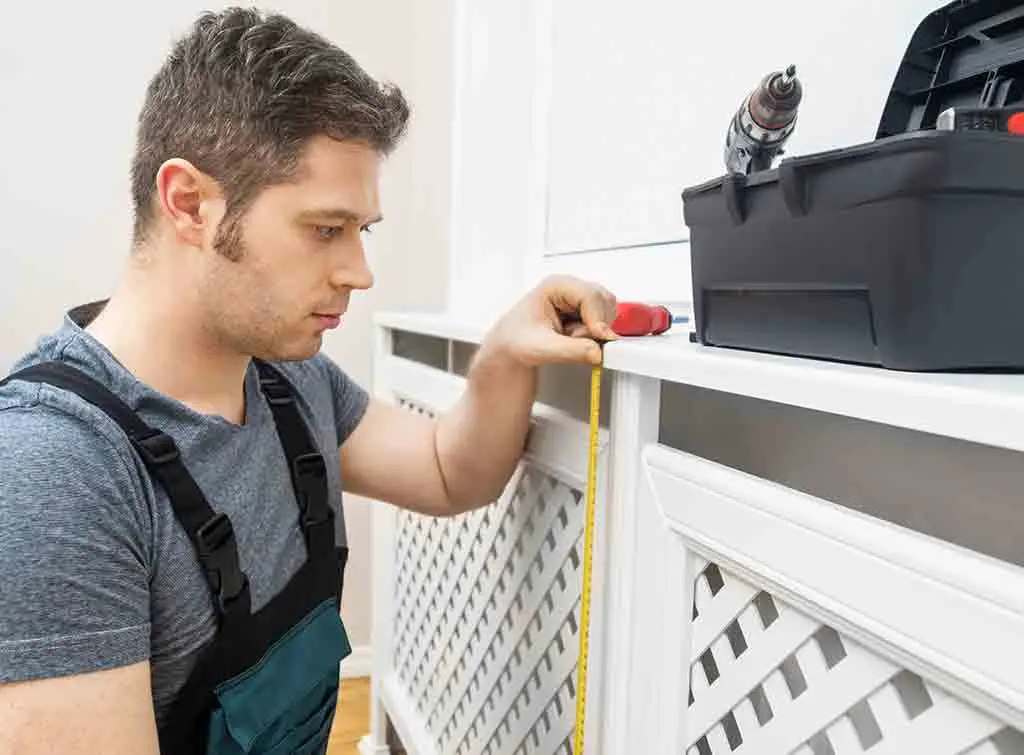
Here are the key steps to take:
Width – Measure the radiator's width, including any valves and thermostats, then add 5-10 cm for clearance
Height – Measure from the floor to the top of the radiator and add 2.5-5 cm at the top to allow for airflow. This makes sure the heat is circulated efficiently
Depth – Measure from the wall to the front of the radiator, and add 5 cm for clearance
Want to know more about radiator covers and how much they cost? Then check out our radiator cover cost guide.
How do I size a radiator for my room?
Once you’ve determined the measurements, it’s important to consider whether the radiator's size will adequately heat the space. In other words, you need to size your radiator for the room.
If you get the size wrong, you could end up with a radiator that doesn’t heat the space properly – and some chilly nights ahead!
The most effective way to size a radiator for a room is using a BTU calculator. This method considers several factors, including:
1. Insulation:
Poorly insulated rooms (such as single-glazed windows) require a higher heat output. Meanwhile, well-insulated rooms (double-glazed windows) may need slightly less.
2. Windows and external walls:
If your room has lots of windows or outside walls, you'll need a higher heat output.
3. North-facing rooms:
Rooms facing north are generally colder and may need larger radiators.
BTU calculator for radiator
When installing or replacing radiators, it’s important to know what heat capacity you need for the spaces you’ll be heating. In this guide, we look at what a BTU calculator for radiator is and why it can be very handy for planning your heating.
How to find a plumber to help
With so much to consider, getting the expert opinion of a professional plumber or heating specialist is always handy.
An experienced plumber can offer advice on the radiator's size and location, along with installing it.
Contact or pay a trade through Checkatrade and you’re covered by our 12-month guarantee of up to £1,000*

How much do plumbers charge?
It’s always a good idea to get several quotes to compare.
However, to give you a general guide, the average cost to replace a radiator for a double panel radiator is around £200.
Meanwhile, the average cost to fit a new radiator is around £150.
To help you budget, you can find out more in our plumber cost guide.
See the tradespeople we've checked and recommend for your job
FAQs
How can I tell what size my radiator is?
Take your tape measurer from the exact edge of your radiator to the other. You shouldn’t include any pipes or valves in your measurements.
How do you measure a radiator cover for a UK home?
You need to account for clearance for pipes, skirting boards, and windowsills, as well as extra space for ventilation.
How do you size a radiator for a UK home?
Use a BTU calculator, which considers several factors that will affect the heat output needed, such as the room dimensions, heating levels, and types of windows.
BTU calculator for radiator
When installing or replacing radiators, it’s important to know what heat capacity you need for the spaces you’ll be heating. In this guide, we look at what a BTU calculator for radiator is and why it can be very handy for planning your heating.
How do I work out what size radiator I need?
Use the BTU calculator for the most accurate results. An experienced plumber can also advise on the radiator's size and the best place in a room to install it.
See the tradespeople we've checked and recommend for your job
More How-To Guides
More General Plumbing Articles
See the tradespeople we've checked and recommend for your job
